How to Prep for a Union or Benefit Fund Audit: A Payroll Team Checklist

In the film, television, and streaming industries, union and benefit fund audits are a routine part of doing business. These audits can quickly become disruptive if you are not prepared. Whether you’re supporting a single production or overseeing multiple shows, ensuring your payroll records are audit-ready helps prevent fines, reduce liability, and avoid delays in funding or post-production workflows.
This article provides a tactical checklist to help payroll teams, accountants, and production executives prepare for union and benefit fund audits. From documentation requirements to timeline best practices, this is your guide to staying organized and compliant from day one.
Why Union and Benefit Fund Audits Happen
Most unions affiliated with the AFL-CIO—such as IATSE, SAG-AFTRA, DGA, WGA, and the Teamsters—reserve the right to audit signatory productions and employers to confirm proper wage payments and fringe contributions. Likewise, benefit plans like the Motion Picture Industry Pension & Health Plans (MPIPHP) and the IATSE National Benefit Funds (IANBF) conduct audits to verify that contributions were calculated and reported accurately.
Audits may be routine, scheduled every one to three years, or they may be triggered by red flags such as late payments, fringe shortfalls, or grievances. Regardless of the reason, every production should operate as if an audit is guaranteed.
What Auditors Are Looking For
Union and benefit fund audits generally focus on two areas:
- Wage Accuracy – Did union members receive the proper scale rates and penalties?
- Fringe Contribution Accuracy – Were contributions calculated correctly and submitted on time?
Auditors will compare timecards, payroll registers, and contribution reports to verify that employees were classified and paid correctly. They will also examine whether eligible union employees were excluded or whether fringes were submitted for ineligible or non-covered personnel.
Payroll Team Audit Prep Checklist
The following checklist breaks down best practices for being audit-ready before, during, and after production. This applies to union-covered shows, co-productions, and wrapout teams managing post-payroll compliance.
1. Collect and Organize Documentation
Keep all required documentation organized by week, department, or episode. This should include:
- Final payroll registers
- Timecards (digital or signed hard copies)
- Fringe reports for each union or plan
- Start paperwork, including:
- Deal memos
- W-4 and state tax forms
- I-9s
- Direct deposit forms
- Union dues deduction forms
- Payment records, including check stubs or direct deposit confirmations
- 1099 and loan-out payment summaries, if applicable
- Crew and cast lists with role designations
- Benefit fund remittance confirmations and reports from MPIPHP, IANBF, SAG-AFTRA, DGA-PPP, WGA, and others
- Employer contribution summaries
- Adjustment logs or email confirmations for wage or fringe corrections
Pro Tip: Use consistent digital folder structures and naming conventions across all shows to streamline access and review.
2. Monitor Key Audit Timelines
- Retention Requirements: Payroll and contribution documentation must typically be kept for a minimum of four years. Many studios and payroll teams retain them for seven to ten years.
- Correction Deadlines: Some benefit funds, such as IANBF, limit the correction window to 12 months from the original contribution date. Past that, you may not be able to recover or correct fringe discrepancies.
- Audit Frequency:
- MPIPHP: Usually every one to three years
- IANBF: Often every one to two years
- SAG-AFTRA: May initiate audits due to benefit shortfalls or payroll issues
- DGA/WGA: May conduct audits related to wrap or residual processing
Pro Tip: Add internal calendar reminders at the six-month and twelve-month marks to review potential adjustments before they become time-barred.
3. Conduct an Internal Payroll Review
Well before any external audit, payroll teams should conduct their own compliance review:
- Reconcile gross wages to total fringes submitted
- Confirm scale and above-scale wages for union employees
- Verify correct application of penalties, premiums, and holidays
- Match timecards to start forms and union membership lists
- Confirm proper treatment of loan-outs and non-union workers
- Review any excluded employees and keep documentation of exemption reasoning
Pro Tip: For each production or season, build a dedicated “audit packet” containing all final payroll, timecard, and contribution documentation. These can also help with wrap deliverables and studio audits.
4. Responding to an Audit Request
When you receive an audit request:
- Confirm the audit scope and time period. Is this focused on one union, or does it include multiple benefit funds?
- Designate a point of contact. Typically, this will be the lead payroll accountant or your labor executive.
- Review the auditor’s request list, which usually includes employee names, timeframes, and types of records needed.
- Collect and review all materials internally before sending. Where appropriate, redact Social Security numbers, bank details, and unrelated private information.
- Submit materials digitally and in clearly labeled folders. Use secure file-sharing tools.
Pro Tip: Keep a record of exactly what was submitted, including delivery date and recipient.
5. Avoid Common Compliance Issues
Many audit findings are preventable with clear documentation and proactive review. Watch out for:
- Incorrect fringe rates (especially on sideletter, SVOD, or low-budget agreements)
- Misclassification of union members as non-union
- Failure to apply worked holiday pay or sixth/seventh day premiums
- Overpayment or underpayment of fringes due to weekly caps or position miscodes
- Late or missing remittances to benefit funds
- Missing or unsigned start paperwork
Pro Tip: Flag and resolve these issues before wrap. Once post closes and the team disbands, it becomes harder to track down missing records or get union input.
6. Wrap with an Audit Closeout File
Once the audit is complete:
- Save the audit report, along with any response letters or communications
- Document final findings and resolution, including payment confirmations
- Include proof of payment for any adjustments or back contributions
- Store the closeout file alongside the production’s final payroll reports and archives
This wrap packet is helpful for recurring series, multi-season shows, and any situation where studios require audit verification in post.
Final Thoughts: Build Audit-Readiness Into Your Workflow
Audit prep should not be treated as a last-minute scramble. Building a system that keeps payroll documentation consistent and organized throughout production will save time, stress, and money down the line. Proper classification, timely reconciliation, and routine internal reviews are the foundation of a clean audit.
If your team needs support creating an audit-ready payroll process, FTV Consulting provides hands-on audit assistance, record retention strategies, and compliance support tailored to film and television payroll operations. We help you build scalable systems that align with union and fund requirements, whether you're prepping for a wrap audit or managing year-round compliance across multiple shows.
Let your audit process reflect the professionalism of your production—tight, complete, and always ready.









